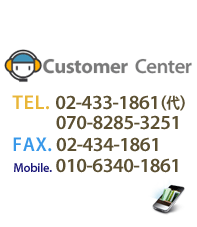Best Practices for Remote Warehouse Onboarding
페이지 정보
작성자 Lashay 작성일25-10-08 04:27 조회2회 댓글0건본문
Onboarding new warehouse staff remotely presents unique challenges since warehouse roles typically require hands-on training and physical presence. However, with thoughtful planning and the right tools, it is possible to create a smooth and effective remote onboarding experience that sets new hires up for success. Start by providing clear documentation and digital resources before day one—this includes a detailed employee handbook outlining safety protocols, shift schedules, equipment usage guidelines, and company policies. Provide documents in flexible formats such as PDFs, videos, and printable checklists.
Conduct virtual welcome sessions where new hires can meet their team manager and key coworkers. These interactions create vital human ties. During this session, walk them through the workflow of the warehouse recruitment agency London step by step screen shares or recorded walkthroughs of common tasks. Make recordings permanently accessible for reference.
Provide virtual tours of the facility using 360-degree photos or videos if possible—highlight key areas like receiving docks, storage zones, packing stations, and emergency exits. Add voiceovers detailing functions per zone and who is responsible for each task. It enables spatial understanding without physical presence.

For safety training—which is critical in any warehouse environment use interactive e-learning modules. Engage learners with practical, scenario-driven content to ensure comprehension. Host an interactive session with a certified safety representative to answer questions and reinforce key points. Confirm mastery of safety gear usage emergency procedures, and how to report hazards.
Pair each new hire with a seasoned team member who can be available via messaging or phone to answer day-to-day questions. This person should be trained to support remote onboarding and be reachable during common working hours. Encourage the buddy to check in daily during the first week and weekly thereafter.
Set up a digital checklist for the first 30 days that outlines what the new hire needs to complete each week. Tasks may involve reviewing instructional content, completing safety quizzes, shadowing coworkers via video call, and submitting feedback forms. Leverage your existing HR platform to monitor completion so managers can identify where additional support is needed.
Request insights at two key milestones: Week 1 and Month 1. Seek honest feedback on clarity, tools used, and gaps experienced. Use this input to refine your remote onboarding process continuously. Remember that Transparency, ongoing engagement, and prioritizing safety and equity are the foundation of successful remote warehouse onboarding.
댓글목록
등록된 댓글이 없습니다.














